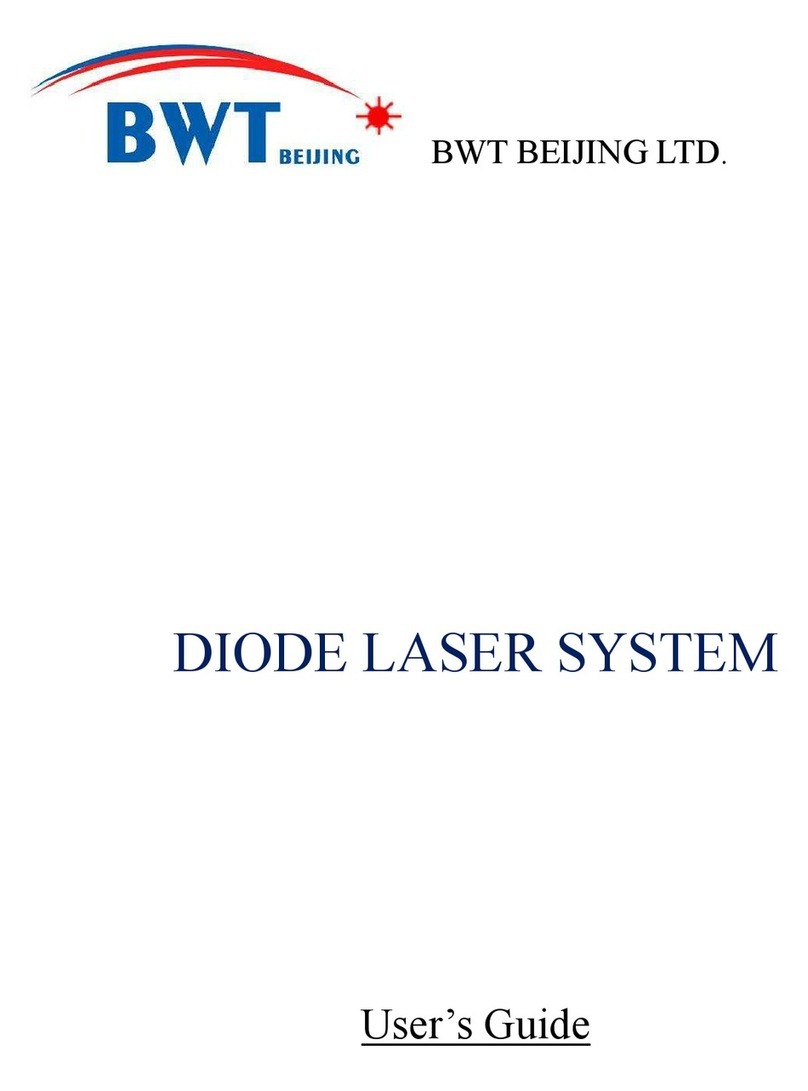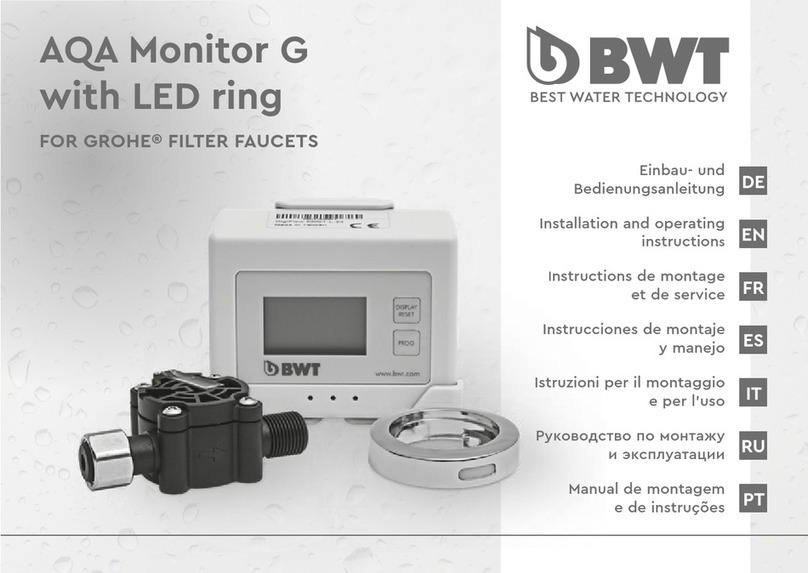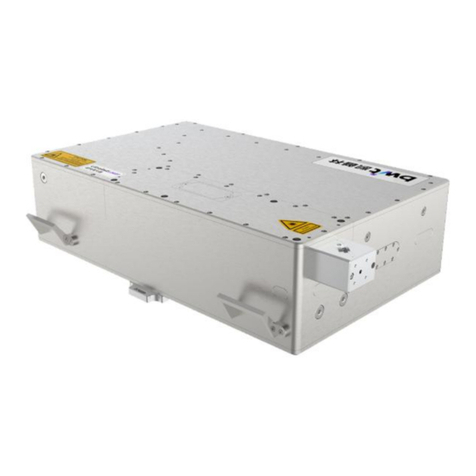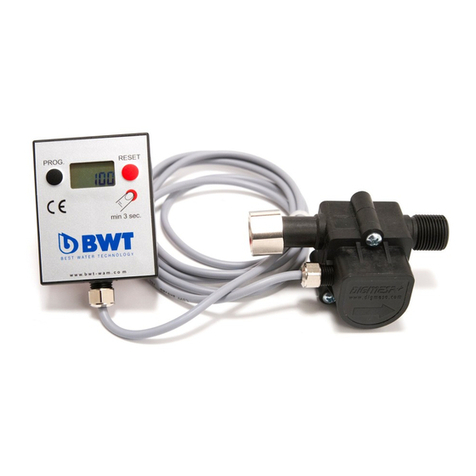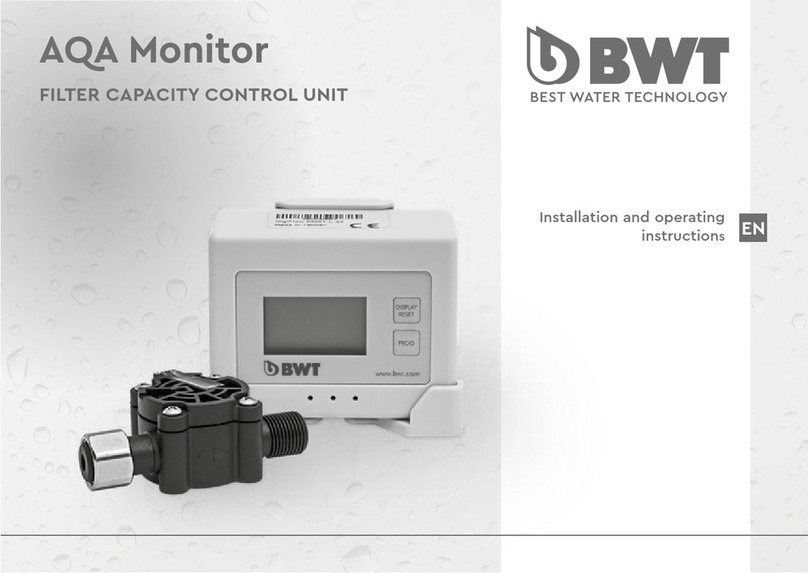
3
Diese Einbau- und Bedienungsanleitung ist für den
AQA therm HFB-1717 BA und die AQA therm HES.
Beide Geräte sind separat erhältlich. Durch dieses
modulare System ist eine optimale Flexibilität für alle
Einbausituationen gewährleistet. Mit dem Einsatz
beider Geräte ist Ihre Heizungsanlage normgerecht
installiert, befüllt. Aufbereitetes Wasser hat veränder-
te korrosionschemische Parameter. Eine Konditionie-
rung mittels Inhibitoren ist separat vorzusehen.
1. Sicherheitshinweise
I. Beachten Sie die Einbauanleitung.
II. Benutzen Sie das Gerät
- bestimmungsgemäß
- in einwandfreiem Zustand
- sicherheits- und gefahrenbewusst.
III. Beachten Sie, dass das Gerät ausschließlich
für den in dieser Einbauanleitung genannten
Verwendungsbereich bestimmt ist. Eine
andere oder darüber hinausgehende
Benutzung gilt als nicht bestimmunggemäß.
IV. Beachten Sie, dass alle Montage-, Inbetrieb-
nahme, Wartungs- und Justagearbeiten nur durch
autorisierte Fachkräfte ausgeführt werden dürfen.
V. Lassen Sie Störungen, welche die Sicherheit
beeinträchtigen können sofort beseitigen.
VI. Aufbereitetes Wasser hat veränderte korrosions-
chemische Parameter. Eine eventuell erforder-
liche Konditionierung ist in Abhängigkeit vom
Werkstoff separat vorzusehen.
2. Funktionsbeschreibung
AQA therm HFB-1717 BA besteht aus einem System-
trenner, Druckminderer und Absperrkugelhähnen und
dient zum sicheren und normgerechten Anschluss der
Heizungsinstallation an die Trinkwasserversorgung.
Durch die eingebauten Systemtrenner und Druckmin-
derer darf somit die Heizungsinstallation x mit der
Trinkwasserinstallation installiert werden. Dadurch
kann die Heizungsanlage jederzeit einfach nachge-
füllt werden. Die AQA therm HES besteht aus einem
Wasserzähler, einer Verschneidevorrichtung, einer
optional erhältlichen Enthärtungspatrone (AQA therm
HRC) bzw. Entsalzungspatrone (SRC) und einem in-
tegrierten Absperrkugelhahn. Die AQA therm HES
dient zum Enthärten/Entsalzen und zum Erfassen der
Spül-, Füll- und Nachfüllmengen.
Funktion Systemtrenner
(AQA therm HFB-1717 BA)
Der Systemtrenner ist nach DIN EN 1717 eine Si-
cherungsarmatur und verhindert ein Rückdrücken,
Rückießen und Rücksaugen von verunreinigtem
Wasser in die Versorgungsleitung, in fremde Anla-
gen oder andere Anlagenteile. Der Systemtrenner ist
in drei Kammern (Vor-, Mittel,- und Hinterdruckkam-
mer) unterteilt. Erfolgt keine Wasserentnahme ist der
Systemtrenner unter Betriebsdruck in Ruhestellung.
Die ein- und ausgangsseitigen Rückussverhinderer
und das Ablassventil sind geschlossen. Bei Wasse-
rentnahme ist der Systemtrenner in Durchussstellung.
Die ein- und ausgangsseitigen Rückussverhinderer
sind geöffnet und das Ablassventil geschlossen. Fällt
der Differenzdruck zwischen Vordruck- und Mittel-
druckkammer unter 0,14 bar geht der Systemtrenner
in Trennstellung (Rücksaugen). Der eingangsseitige
Rückussverhinderer schließt und das Ablassventil
öffnet.
Funktion Druckminderer
Der Druckminderer setzt den eingangsseitigen Druck
(Vordruck) auf den gewünschten Druck auf der Aus-
gangsseite (Hinterdruck) herab. Der Druckminde-
rer arbeitet nach dem Kraftvergleichsprinzip. Der
Membrankraft wirkt die Federkraft des Regelventils
entgegen. Sinkt infolge einer Wasserentnahme der
Ausgangsdruck (Hinterdruck) und damit die Memb-
rankraft, so öffnet die nun größere Federkraft das Ven-
til. Der Ausgangsdruck wird wieder höher, bis erneut
ein Gleichgewichtszustand zwischen Membran- und
Federkraft erreicht ist. Der Eingangsdruck (Vordruck)
hat keinen Einuss auf das Regelventil im Druckmin-
derer. Druckschwankungen auf der Eingangsseite
beeinussen nicht den Hinterdruck (Vordruckkompen-
sation). Der AQA therm HFB-1717 BA kann gemäß
DIN EN 1717 durch Schlauch- oder Rohrleitung
ständig mit der Trinkwasserleitung verbunden werden
(KTW Zulassung für Schlauch erforderlich). Nach
Beendigung des Füllvorganges ist die Absperreinrich-
tung zu betätigen, um ein unkontrolliertes Nachfüllen
der Heizungsanlage zu verhindern.
Funktion AQA therm HES
Die unmittelbar nach dem AQA therm HFB-1717
BA installierte AQA therm HES arbeitet mit der
AQA therm HRC/Härte-Reduzierenden-Cartridge
nach dem Ionentauscherprinzip und ersetzt die im
Wasser bendlichen Erdalkalien wie Calcium und
Magnesium durch Natriumionen. Abhängig von der
regionalen Wasserhärte wird über die Einstellung der
Verschneideeinheit das Wasser wahlweise teilenthär-
tet oder vollenthärtet. Durch anschließen einer AQA
therm SRC/Salze-Reduzierende-Cartridge ist alterna-
tiv auch eine Salze-Reduzierende Fahrweise möglich.
Durch den eingebauten Wasserzähler können die
Spül-, Füll- und Nachfüllmenge jederzeit abgelesen
werden.
3329_EBA_AQA therm HFB/HES NEU.indd 3 29.02.12 10:34












